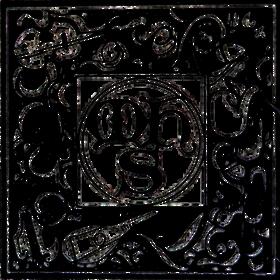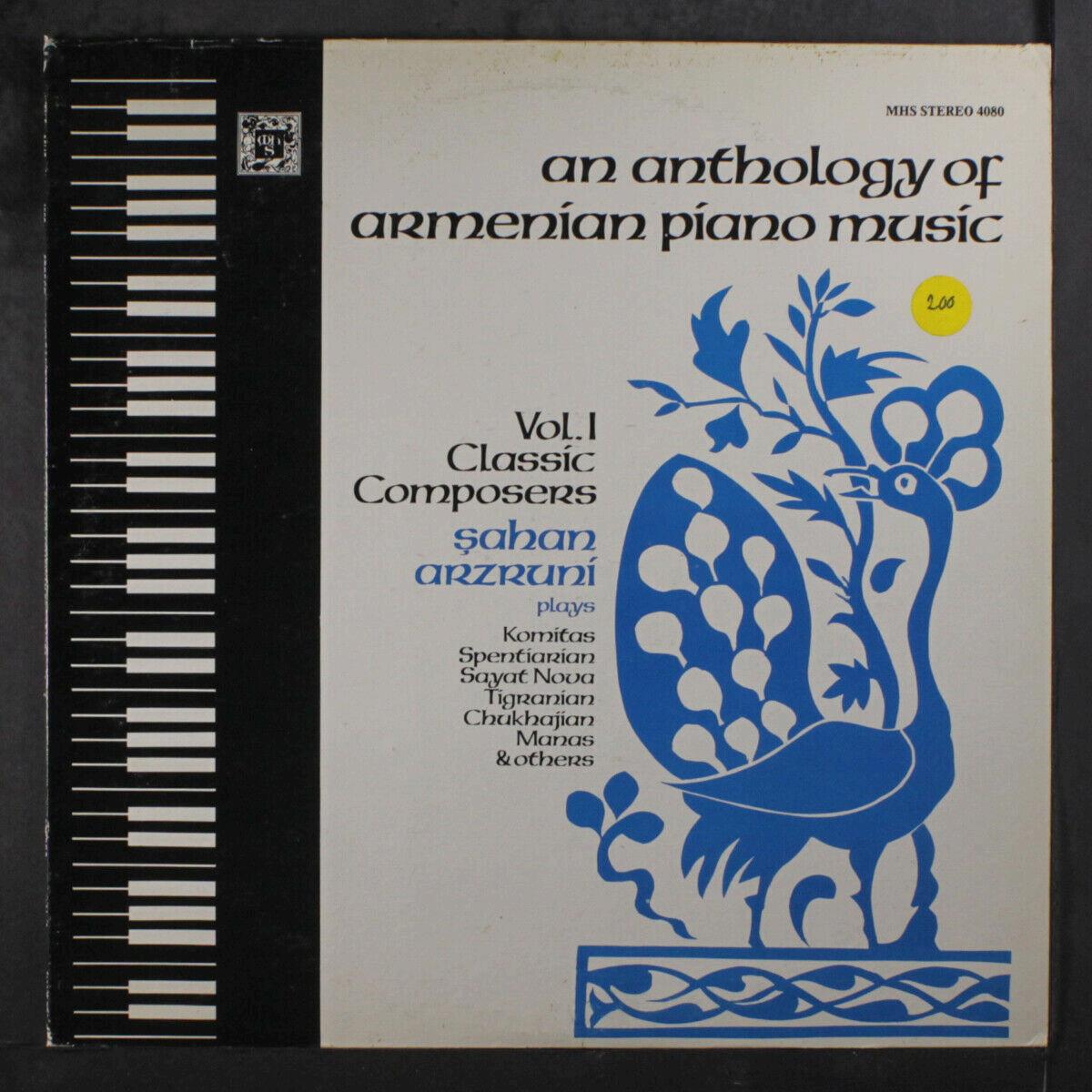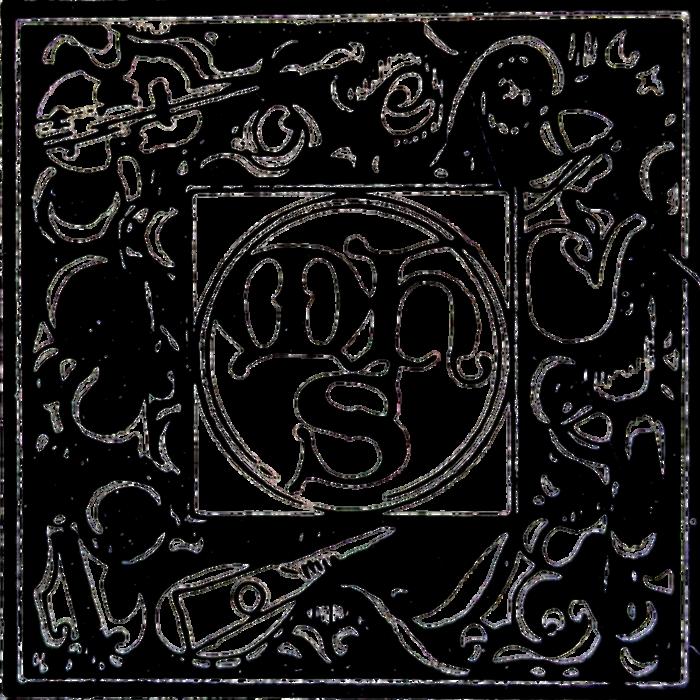

an anthology of armenian piano music





An Anthology of Armenian Piano Music, Volume I
Classic Armenian Composers
Side 2:
KAROL MIKULI
Side 1:
SAYAT NOVA, arr. SARAJIAN Two
Songs
1. "Kemancha"
2. As Long as I Live"
ALEXANDRE SPENTIARIAN
3. Enzeli
4. Lullaby KOMITAS
Dances
5. Erangi
6. Ounabi Marali
7. Shoushiki
8. Et-Arhaj
9. Shoror
1. Etude
2. Lied
GUENARIOS GHORGHANIAN
3. Bayati
STEPAN ELMAS
4. Nocturne
EDGAR MANAS
5. Petite Suite
a. Bourree
b. Aria
c. Toccata
STEPAN PAPELYAN
6. La fin d'un rêve RIKOGHAIOS TIGRANIAN
7. Et-Arhaj ONNIG BERBERIAN
8. Prelude DICRAN CHUKHAJIAN
9. Impromptue
On this first disc of a three-record set, piano compositions by various musicians who have left a mark on the history of Armenian music are sampled. Among them, Komitas will surely survive the test of history; Sayat Nova is already firmly established as the Armenian troubadour. Some probably will be forgotten, others will assume a place for their historical role, and still others will be remembered for achievements other than their contributions as composers. (The two remaining records in the set will represent contemporary Armenian composers in the diaspora and composers in Armenia.)
Komitas (1869-1935)--a name given him upon ordination as a celibate clergyman--is the patriarch of Armenian musicians. Born in Asia Minor, he attended school in Ejmiatsin the Mother See of the Armenian Apostolic, and subsequently earned
(his graduate degree from the Berlin Conservatory in Germany. Komitas' primary goal in music was to collect re-create, and preserve the indigenous melodies of his people,He roamed from village to village, notating close to three thousand folk songs; he lectured in European capitals, disseminating this aspect of Armenian culture; and he introduced the music of the Armenian peasant to 'sophisticated'" urbanites, alienated from their roots as a result of Western influences. Concerned about maintaining the unique characteristics of the Armenian song, Komitas developed certain compositional techniques, such as the employment of drone notes and heterophony, thus avoiding the use of cadential patterns and conventional chordal progressions, elements foreign to the nature of Middle Eastern music. Indeed, contemporary Armenian music cannot be considered without
with female dancers; "Et-Arhaj" implies a round dance performed by men replete with bends and high jumps. The tragi-heroic character of "Shoror," a combination of three tunes, also indicates a dance for males. Armenian composers adopted the piano as a musical instrument during the latter part of the nineteenth century. Historically, the rich musical heritage of the ancient Armenian people has developed primarily along the lines of vocal music, both sacred and secular. The instrumental medium was used essentially to accompany songs, with instruments common to other Middle Eastern people. Recently, some of this music has been arranged for contemporary Western instruments. For example: Soviet Armenian musician Sargis Sarajian has transcribed for piano two songs including Komitas' invaluable contribution, It would not be exaggeration to state that almost every composer, since the turn of the century, has borrowed from him, directly or indirectly, in developing his own musical style.
Komitas' set of six Dances is unquestionably the crowning jewel among piano works by Armenian composers. The Dances, completed in 1916, are complex re-creations of Armenian regional dance tune They display an extraordinary virtuosity in craftsmanship which, within a powerfully communicative framework, combine the artless charm of Satie, the irresistible logic of Bartők, the poetic reflection of Debussv, and the expressive sparsity of Webern. Among the six dances, "Erangi." "Ounabi,'" "Marali,"and "Shoushiki'' suggest the gently swaying movements of the head, hands, and torso associated
by Sayat Nova (1717-1795), the Armenia troubadour, who served as court musician during the reign of King Erekli II in Tbilisi. Sayat Nova was known not only as an extraordinary musician-performer-composer, but also as an outstanding poet who focuses on social, philosophical, and humanitarian themes. The other transcriptions on this album include two compositions by Alexandre Spentiarian (1871-1928), who cultivated the orchestral medium to manifest his musical talents. Tutored by Rimsky-Korsakoff, his initial efforts in composition, such as Lullaby, are marked by lilting melodies and conventional harmonic progressions, and reveal a strong Slavic influence. In his later works, Spentiarian weaves elements of Armenian music into the fabric of the pieces, such as in Enzeli, where the opening section consists of a soulful
melody by Sayat Nova and the second part the engaging rhythm of a dance tune. There is warmth in Spentiarian's music and his message is conveyed with intimate feeling.
The second side of this recording is a potpourri of compositions in different idioms. The fame of Karol Mikuli (alias for Pztikian) (1821-1897) rests on his association with Chopin as his student and as the editor of his works. As a composer, his style is similar to that of Schumann and Mendelssohn. Although actually romantic in character. Mikuli compositions rarely display brilliance or contrived virtuosity; they make use of the sonority of the piano—its power and warmth of tone—for the expression of romantic ideas.
Guenarios Ghorghanian (1858-1890) was the first musician to employ Western context. Trained as a pianist
in Leipzig and St. Petersburg, Ghorghanian dabbled in composition toward the end of his brief life, writing short works in the Western style and composing pieces in the Middle Eastern character. An example of the latter idiom is Bayati which, despite its amateurish nature, is a highly original work displaying novel textures achieved through the use of static harmonies and doublings in the octave.
Edgar Manas (1875-1965), born in Constantinople and educated in Milan, was a professional composer in the true sense. His music is a highly refined art form, almost aristocratic in its dimensions. It displays, as in Petite Suite, clarity, balance, and restraint. His harmonic vocabulary, although rich in chromatic alterations, is rooted firmly in a tonal center. Manas has composed short works as well as large-scale orchestral compositions, some of which have been published by Breitkopf and Härtel.
When salon music was in vogue many composers, both famous and unknown, wrote in this genre for financial reasons. Among the better known are Minuet in G, by Paderewski, Rustles of Spring, by
Stepan Elmas (1864-1937) was a pupil of Liszt. He enjoyed a fine reputation in Europe as a pianist, receiving accolades from prestigious newspapers, such as La Nation. He composed numerous character pieces for piano, several concerti, and many chamber works. Elmas' music shares certain characteristics with that of his teacher: virtuosity for the sake of virtuosity, uncanny ability for writing for piano and unabashed sentimentality in melodic line, without displaying, however, the panache that is idiosyncratic of Liszt.
Sinding, and A Virgin's Prayer, by Badarzewska. La fin d'un rêve, by Stepan Papelyan (1875-1959), a resident of Istanbul, is a work replete with mawkish sentimentality. A dilettante as a composer, Papelyan was a genuine pedagogue as a piano teacher.
Berberian (1888-1959) comes to our attention. Berberian studied in Paris and introduced elements of Impressionistic music into his own compositions. When he gave a concert at Carnegie Hall in New York, the Herald Tribune praised the composer for his originality and rich musical style.
Nikoghaios Tigranian (1856-1951) continued the work started by Ghorghanian, exploring the possibilities of assimilating the Middle Eastern style with the Western idiom. Et-Arhaj employs rhythmic patterns rather than metric units and displays horizontal and vertical elements that are consistent with the spirt of the Middle Eastern music. Incidentally, it was Komitas who developed this line of musical thinking, bringing it to the zenith of its aesthetic potential. Turning again to compositions in the Western style, the music of Onnig
The final work on this record is by is by Dicran Chukhajian (1837-1898), a composer known primarily for his operettas. In Impromptue, written in an idiom completely out of character with his style, Chukhajian demands a degree of digital virtuosity that rivals Moszkowski's Etincelle, and provides a level of excitement that can bring down a concert hall. Şahan Arzruni
In addition to his recognition as a concert pianist, Şahan Arzruni (Sha.
han Ardz. rou, nee) is known as a composer, lecturer, and ethnomusicologist. An American citizen of Armenian descent, Mr. Arzruni was born in Istanbul to a family of musicians. After graduating from the local Conservatory, he continued his education at the Juilliard School of Music, where he studied piano with Eduard Steuermann and Sascha Gorodnitzki.
Mr. Arzruni's special interests are in presenting the wealth of excellent music compose for young pianists by the masters, and in exploring the rich heritage of Armenian music from earliest times to the present day. He records extensively, has to his credit many writings and is the originator of the popular radio series “The Young Musician.”
In 1968, Şahan Arzruni began his association with Victor Borge, which has since taken him to innumerable cities in North America and Europe, always as a “straight man” for Mr. Borge. He has performed in recitals, lectures, and workshops throughout the United States, South America, and the Middle East, and as soloist with major orchestras, such as Boston Pops with Arthur Fiedler and the Buffalo Philharmonic Michael Tison Thomas, among others.
Other MHS recordings by Şahan Arzruni:
MHS 1490 KHACHATURIAN: Children's Album.
MHS 1561 KABALEVSKY: Pieces for Children, Opera 27 & 39.
MHS 1842 BARTOK: For Children I; First Term at the Piano.
MHS 1843 Toccatas.
MHS 3771/73
HAYDN: Complete Sonatas for Piano with Violin (with Anahid Ajemian).
This Recording has been made possible through a generous grant by the AGBU Alex Manoogian Cultura Fund.

